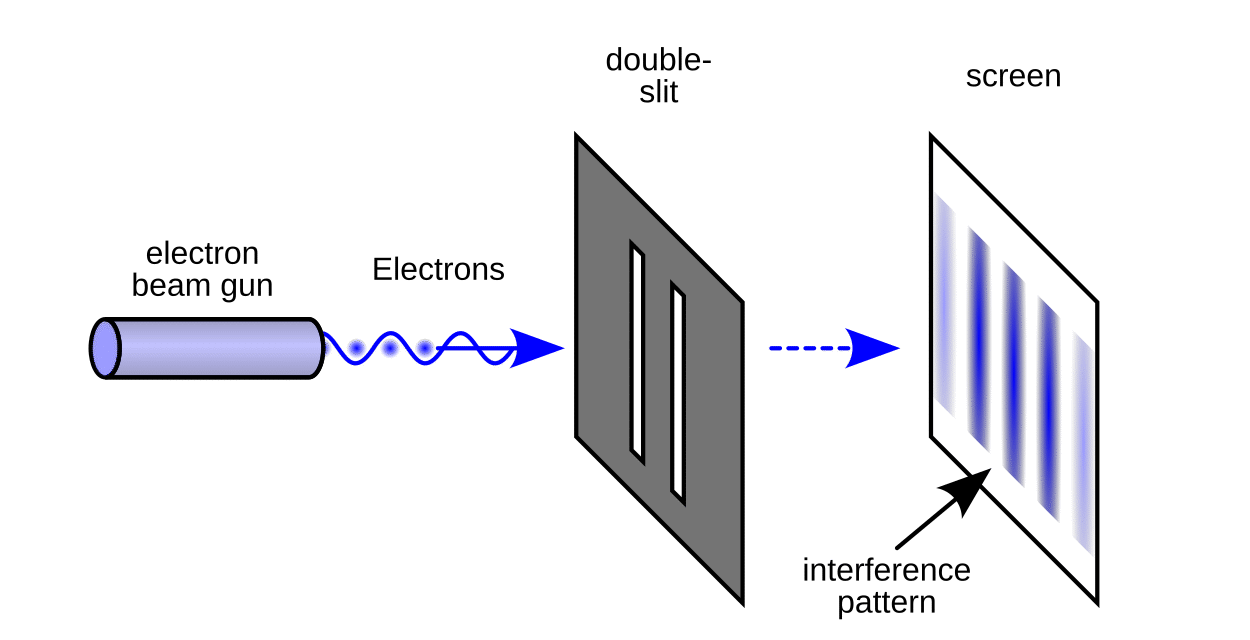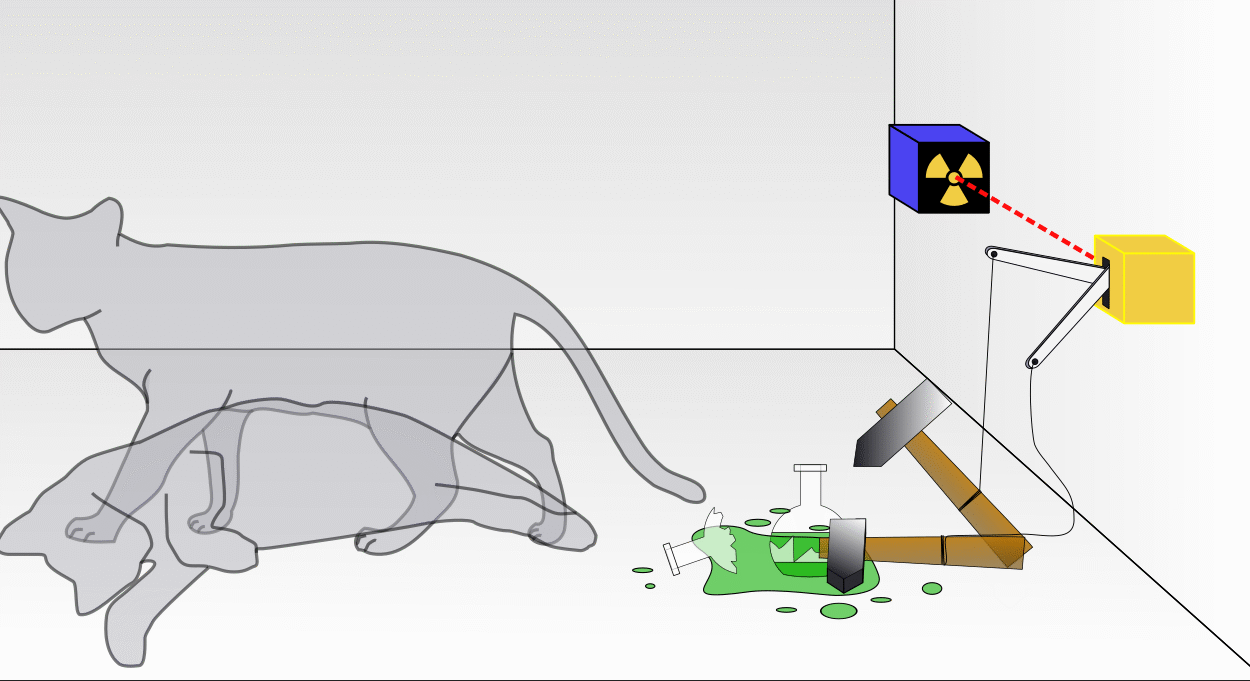It’s a question nearly every child asks, often with a look of pure wonder: “Why is the sky blue?” And while the answer may seem simple to those who know it, the truth behind that brilliant daytime canopy is anything but trivial. It’s a story that winds through centuries of science, from ancient Greek philosophers to the discoveries of 19th-century physicists and beyond. The answer touches the heart of optics, electromagnetism, atomic structure, and the very behavior of light itself.
To truly understand why our sky is blue, we must first embark on a journey through how light behaves, how our atmosphere works, and how our eyes interpret the grand ballet between matter and electromagnetic waves. The explanation is not only rooted in hard science—it is also a reminder that the most ordinary sights in our world are, in fact, extraordinary when looked at closely.
What Is Light, Really?
To understand the blue sky, we must first comprehend what light is. Light, in the simplest terms, is electromagnetic radiation. It travels in waves and carries energy through the vacuum of space. These waves have different lengths and frequencies, and those differences define what kind of light we perceive.
Visible light—the kind that human eyes can detect—is just a narrow slice of the electromagnetic spectrum. The shortest visible wavelengths (about 380 nanometers) are violet, while the longest (around 700 nanometers) are red. In between lie blue, green, yellow, and orange, creating the rainbow of colors we see.
But light is more than just waves. Thanks to quantum mechanics, we also know it behaves like particles—photons—tiny packets of energy. Depending on how we observe it, light can seem like a wave or like a stream of particles. This duality is essential when we examine how light interacts with matter—such as the molecules in Earth’s atmosphere.
Light Meets Atmosphere
As sunlight streams toward Earth, it travels largely unimpeded through the vacuum of space. When it hits our atmosphere—a blanket of gas composed mainly of nitrogen and oxygen—it encounters a medium filled with particles. These gas molecules are not obstacles in the traditional sense, but they are tiny enough to affect the journey of light.
When sunlight hits these molecules, it gets scattered. The process is called Rayleigh scattering, named after the British physicist Lord Rayleigh, who first studied it in the 19th century. He found that the amount of scattering is inversely proportional to the fourth power of the wavelength. That means shorter wavelengths scatter much more than longer ones.
Blue and violet light have short wavelengths and are scattered far more effectively than the longer wavelengths of red and orange. So when sunlight enters the atmosphere, the blue part of the spectrum gets scattered in all directions by the tiny molecules in the air. This scattered blue light is what we see when we look up.
Why Not Violet?
If violet light has an even shorter wavelength than blue, then why doesn’t the sky look violet? This part of the story brings our eyes into the equation.
Human eyes are not equally sensitive to all wavelengths. Our eyes have three types of color-sensitive cells called cones: one most sensitive to red, one to green, and one to blue. The cones that detect violet wavelengths are relatively insensitive compared to those that detect blue. In addition, sunlight doesn’t contain as much violet light as it does blue. Add to this the fact that some violet light is absorbed by the upper atmosphere—especially by ozone—and the net result is that blue wins the race to our eyes.
So, while both blue and violet light are scattered more than the other colors, our eyes interpret the overall scattered light as predominantly blue.
The Sun’s Angle and the Changing Sky
Of course, the sky is not always blue. As the sun rises or sets, the light passes through a greater thickness of the atmosphere. The lower the sun is on the horizon, the more atmosphere its light must pass through to reach our eyes.
At these low angles, much of the blue and violet light is scattered out of the line of sight, leaving the longer wavelengths—reds and oranges—to dominate. That’s why sunsets and sunrises often explode with warm, fiery colors. The sky may blaze crimson and gold not because these colors are suddenly abundant, but because the blues have been filtered away.
This same principle explains why the sky can appear paler or even white near the horizon during the day. The light is coming through a thicker slice of the atmosphere, encountering more molecules and more scattering events. The result is a mixing of all wavelengths that washes out the blue, giving a whitish or hazy hue.
Clouds, Pollution, and Haze
The presence of water droplets, dust, or pollutants in the atmosphere can alter how light is scattered. Unlike the tiny molecules of air, which produce Rayleigh scattering, larger particles cause a different type of scattering called Mie scattering. Mie scattering is less dependent on wavelength, which means all colors are scattered more evenly.
This type of scattering leads to white or gray skies, especially when clouds or haze are present. Clouds appear white because they contain many water droplets that scatter all wavelengths of light more or less equally. When enough scattering occurs across all colors, the result is diffuse white light.
Pollution can create similarly muted skies, with airborne particles flattening the vibrancy of the blue. Conversely, certain particulates can enhance sunsets by adding more scattering surfaces that highlight reds and purples.
A Historical Detour: The Path to Discovery
The understanding of why the sky is blue didn’t come overnight. It took centuries of observation and hypothesis before physics could offer a satisfying explanation.
The ancient Greeks speculated that the sky’s color might come from the reflection of the sea or from the nature of air itself. Aristotle pondered whether the sky was dark and only appeared bright due to atmospheric phenomena. These early ideas were philosophically rich but scientifically underdeveloped.
It wasn’t until the 17th century that Isaac Newton’s experiments with prisms revealed that white light is composed of a spectrum of colors. His work laid the foundation for understanding light as something that could be split, recombined, and studied. Later, 19th-century scientists like John Tyndall observed that light passing through fluids with suspended particles scattered blue light more than red. Tyndall’s experiments with colloids led to the Tyndall effect, which is similar to Rayleigh scattering but occurs in larger particles.
Lord Rayleigh built upon these insights, using mathematics and experimental physics to describe how the size of molecules affected light scattering. His detailed equations and observations cemented Rayleigh scattering as the definitive explanation for the blue sky. And in the 20th century, advances in quantum electrodynamics refined the picture further, providing a more complete model of how photons interact with electrons in atmospheric molecules.
What About Other Planets?
Earth’s blue sky is a product of its specific atmosphere—its composition, density, and the sun’s spectrum. But what about other planets?
Mars, for instance, has a thin atmosphere composed mostly of carbon dioxide and filled with fine dust particles. This dust scatters sunlight in a different way. Photographs from Mars rovers reveal a tawny, reddish daytime sky and sometimes bluish sunsets. The reverse of Earth’s pattern, these Martian sunsets occur because the fine dust in the Martian atmosphere scatters red light more efficiently, while blue light penetrates more directly through to the viewer.
On planets like Venus, with thick, cloud-covered atmospheres of sulfuric acid, or on the gas giants with complex layers of ammonia and methane, the skies would appear completely alien. Some may have skies that never turn blue, others may never show a clear sky at all.
So the blue of Earth’s sky is not universal. It is a signature of our unique atmospheric conditions—a constant reminder of the delicate interactions between light, molecules, and perception.
Eyes of the Beholder
Human eyes play a decisive role in this whole phenomenon. If we had evolved with different types of cones, perhaps sensitive to ultraviolet or infrared, our experience of the sky’s color could be completely different.
Birds, for example, have four types of cones, allowing them to see into the ultraviolet range. Bees and some insects can see ultraviolet patterns in flowers invisible to us. If their perception of the sky includes light that we cannot see, then their “sky” may be colored with hues we can only imagine.
Our visual world, then, is not an objective reality but a filtered interpretation based on biology. The blue sky is a perceptual experience, made possible by the peculiarities of our senses, our atmosphere, and the laws of physics.
Beyond Earth: The Color of the Universe
The same scattering principles that paint our sky also influence how we see the universe at large. The cosmic microwave background radiation—the faint afterglow of the Big Bang—has been stretched by the expansion of space into the microwave range, invisible to our eyes. However, in 2002, astronomers Karl Glazebrook and Ivan Baldry calculated the average color of the universe based on the light from over 200,000 galaxies. The result? A color they called “cosmic latte,” a pale beige close to white.
Even though the universe is not literally bathed in blue, the way we observe light and color across cosmic distances continues to be shaped by the same electromagnetic principles that color our sky.
The Sky Is Not the Limit
The story of the blue sky is more than a tale of science—it is a testament to the power of curiosity. From a child’s innocent question to the deep equations of theoretical physics, the path to understanding our sky reveals the intricate beauty of the universe.
Every time we look up, we are witnessing a daily performance by the atmosphere and the sun, a gentle scattering of photons that tells us not just about the sky, but about the nature of reality itself. It’s a phenomenon so common we barely notice it—yet it encapsulates some of the most profound principles of the natural world.
So the next time someone asks you why the sky is blue, you can smile and know that the answer is not just about color. It’s about waves and particles, eyes and molecules, sunsets and sunrises, Einstein and Rayleigh. It’s about how even the most ordinary questions can lead to the most extraordinary answers.






